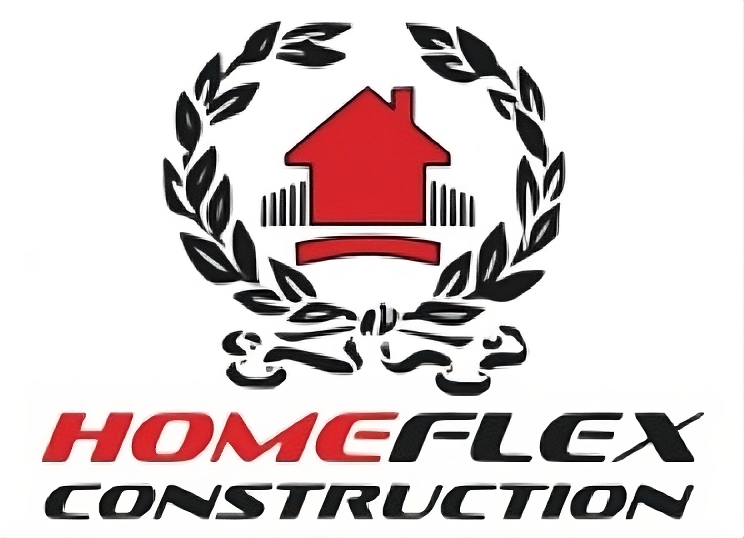Walk down any older street in New York City, and you’ll notice something immediately: some brick walls look crisp, solid, and well-maintained, while others show cracks, crumbling mortar, or dark water stains. That difference often comes down to one key maintenance task, brick pointing.
Brick pointing is the process of renewing the mortar between bricks. Done right, it keeps your walls strong, weatherproof, and visually sharp. Done late or poorly, it can lead to costly repairs. Before you start reaching out to contractors, it helps to understand what affects the cost so you can budget smartly and avoid surprises.
1. How big is the area?
It might sound obvious, but the size of the wall matters a lot. Small repairs, like a chimney or a short garden wall, can cost a few hundred dollars. A full townhouse façade or a long exterior wall? That can quickly run into the thousands. Since contractors usually charge by the square foot, bigger walls naturally cost more.
2. How easy is it to get to the wall?
A simple garden wall is easy for a mason to handle. But taller structures, like a three-story building or a high chimney, require scaffolding, lifts, and extra safety measures. That extra preparation takes time, and time costs money.
3. What kind of mortar do you need?
Not all mortar is the same. Historic homes often require lime-based mortar to match the original construction. Modern buildings generally use cement-based mortar. Before you start reaching out to contractors, it helps to understand what affects brick pointing cost so you can budget smartly. Specialty mixes cost a bit more, but they protect your bricks and keep your wall healthy. Using the wrong type can actually cause damage over time, so it’s wise to follow a professional’s advice rather than cutting corners.
4. What condition are the bricks in?
If the bricks themselves are solid, pointing is straightforward. But if bricks are cracked, loose, or flaking, they need repair or replacement first. That extra work adds to both labor and material costs, which explains why two walls of the same size can have very different quotes.
5. Who is doing the work?
Brick pointing is a skill, not something anyone with a trowel can do well. Experienced masons can remove old mortar neatly, match color and texture, and pack new mortar tightly. They charge more, but their work lasts for decades. Poor workmanship may be cheaper upfront, but it could start crumbling within a few years. Always consider long-term value over the lowest bid.
6. Where you live matters
Labor costs vary by location. In NYC, high demand and wages often make pointing more expensive. Smaller towns may have lower rates, though travel fees or fewer contractors can offset that. Collecting several local quotes will help you see what’s reasonable for your area.
7. Typical Brick Pointing Cost to Expect
Every project is different, but most homeowners pay between $8 and $15 per square foot. A small chimney might be $500 to $1,500. The average brick pointing cost per square foot ranges between $8 and $15, depending on materials and access. A full exterior wall? It could easily hit $5,000 or more, depending on size and complexity. Think of these figures as a guide, not a guarantee.
8. How Timely Repairs Reduce Brick Pointing Cost
Waiting to point out your bricks can backfire. Water can seep through old mortar, damaging bricks and even the interior structure. What could have been a simple repair turns into a major rebuild. Spending on timely pointing might feel like an expense now, but it protects your home and wallet in the long run.
Conclusion
Brick pointing is more than just cosmetic; it preserves the safety and strength of your home. Cost depends on wall size, access, mortar type, and the mason’s skill. For a full wall or façade, setting aside a few thousand dollars is a smart move. When done well, quality pointing keeps your walls strong, attractive, and valuable for decades to come.
